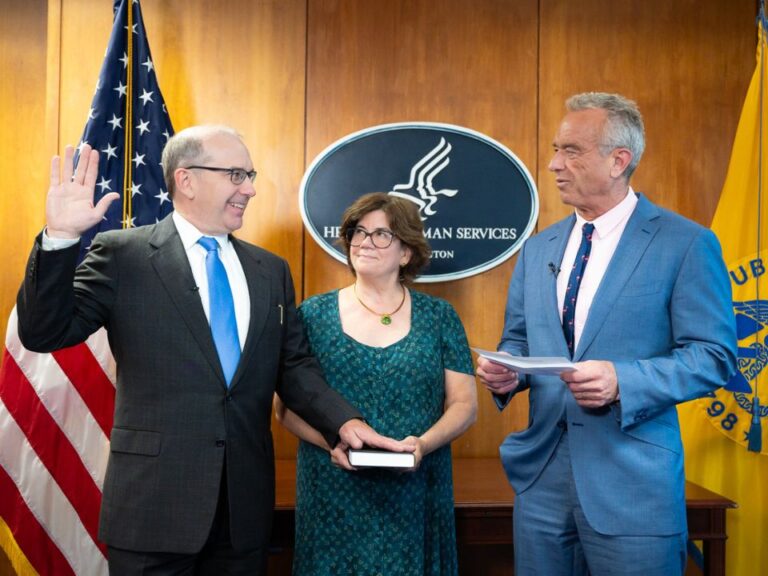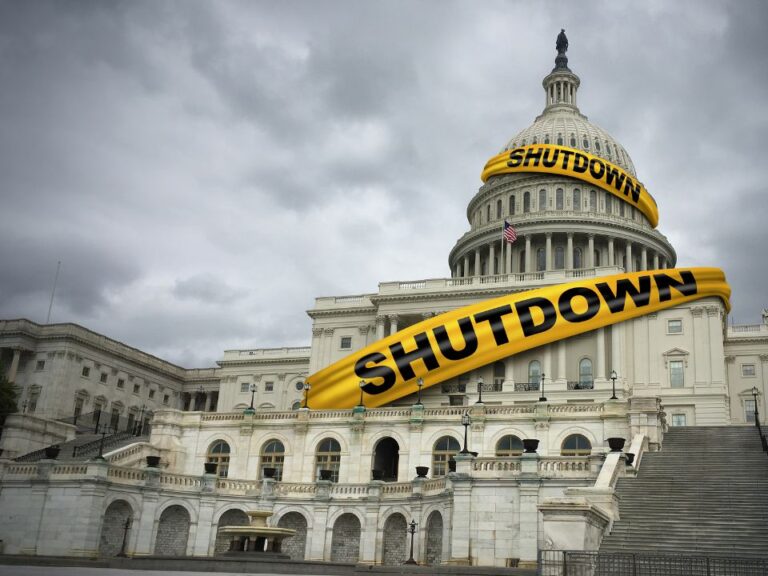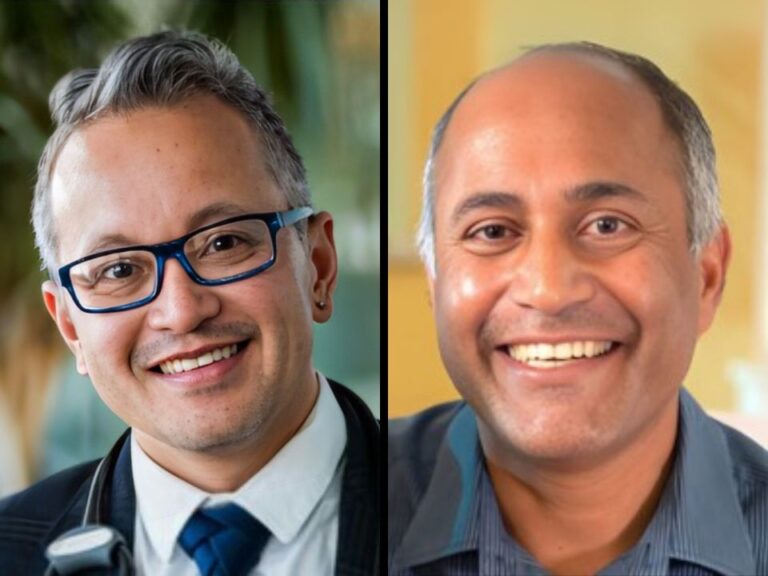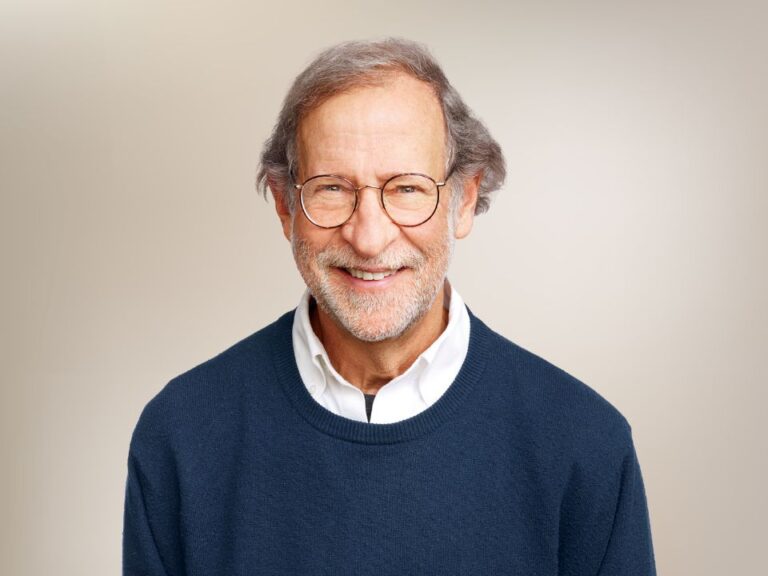This month, I should be taking my son, Jacob, to college. Instead, I’m participating in Curefest for Childhood Cancer on the Mall here in D.C.
When Jacob was 8, he was diagnosed with medulloblastoma. The drugs used to treat Jacob were almost 40 years old. They did not work.
At the time of Jacob’s treatment, there were several exciting, molecularly-targeted therapies in development or recently approved. However, there were few pediatric trials of these novel therapies, and there was no information as to whether any might benefit Jacob.
Brain cancer is hard to treat, and effective treatments are elusive. But Jacob never even got a shot at novel drugs. Jacob’s challenges and the challenges of his physicians are still the challenges facing children and physicians today. Although there have been exciting leaps forward in the science of drug development for adult cancers, few of those insights have improved pediatric cancer protocols. Novartis’s CAR-T cell therapy, which was recently approved first for children with leukemia, is the exciting exception that proves this rule. However, many of the novel adult therapies I unsuccessfully tried to get for Jacob on a compassionate use basis are only now, after 10 years, entering pediatric trials.
Pediatric cancer is the number one disease killer of children and, while 80 percent of children diagnosed with cancer live at least five additional years, those survivors face shortened lives, chronic health issues, and significantly increased risk of secondary cancers due to the treatments they receive.
There are many reasons why pediatric cancer drug development lags behind adult cancer drug development. Biotech and pharmaceutical companies have not had the financial incentive to develop drugs specifically for pediatric populations. Meanwhile, trials of promising adult drugs have not been open to children.
The results are grim. Of the almost 900 drugs in the adult cancer pipeline, only a handful have been approved for children with cancer. Moreover, in 20 years, only four drugs have been developed expressly for and approved specifically for a pediatric cancer.
Jacob, at the age of 10, died early on a Friday morning in January 2009. The next day, I opened my laptop on the dining room table and founded Kids v Cancer with the goal of changing the landscape of pediatric cancer research.
Our first effort was to address the problem of companies not having a financial rationale to develop cancer drugs expressly for children. In other words, there has never been a drug developed expressly for Jacob’s medulloblastoma.
We drafted and advocated for the Creating Hope Act pediatric priority review voucher program (Pediatric PRV program), which Congress passed into law in 2012. It was a grassroots effort by Jacob’s friends, who got members of Congress committed like no one else could.
The Pediatric PRV program provides an incentive for companies to develop drugs for children with rare and life-threatening diseases, including pediatric cancer, by creating a voucher system. Vouchers can be earned upon FDA approval of pediatric rare disease drugs. Voucher holders have rights to faster FDA review on any other drugs; these are usually not pediatric rare disease drugs, but drugs targeting blockbuster markets. And, vouchers are fully transferable.
The Pediatric PRV program has been a resounding success and has created a rationale for companies to develop pediatric rare disease and pediatric cancer drugs. Since 2012, sales of pediatric priority review vouchers have generated $800 million in incentives, making it financially attractive for biotech and pharmaceutical companies to invest in pediatric drug development.
The Pediatric PRV program created an incentive for companies to develop drugs expressly for children with cancer, but did it not address the 900 drugs in the adult cancer pipeline that might benefit children with cancer as well. In 2013, we turned to that question.
I am very proud to report that this past summer, on Aug. 3, the President signed into law the FDA Reauthorization Act, which includes Title V, the RACE for Children Act.
The RACE for Children Act authorizes FDA to require companies developing cancer drugs for adults to also study their cancer drugs in children if the molecular targets of the drugs under development are relevant to the pediatric cancer populations. Companies will be required to submit their pediatric study plans that detail protocols with specific timetables to the FDA after phase II of their adult trials.
The RACE for Children Act is not an entirely new law, but an update of the 2003 Pediatric Research Equity Act, which requires companies developing drugs for adults to also develop them for pediatric populations. PREA has never been applied to cancer because adult and pediatric cancers originate in different organs. Moreover, PREA requirements for cancer drugs are almost always waived because pediatric cancers are orphan diseases. The RACE for Children Act addresses both loopholes and now extends PREA requirements to the development of cancer drugs for children.
Implementation of the RACE for Children Act will occur in a stepwise fashion over the next three years. During this time, the FDA is required by statute to:
Hold a public hearing to consider a guidance,
Draft and issue the guidance,
Issue a list of molecular targets that could be expected to trigger PREA requirements, and
Issue a list of molecular targets for which a PREA waiver would be expected.
Taken together, the RACE for Children Act and the Pediatric PRV program change the landscape of pediatric cancer research. New drugs will be developed expressly for pediatric cancers. Adult cancer drugs that can benefit children with cancer will be studied in children.
Companies will consider pediatric populations in their oncology drug development plans as a matter of course. Pediatric researchers will have dramatically increased access to novel and exciting drugs and will generate more attention to their bench science ideas by biotech companies. And children with cancer will have a shot at the newest and most promising drugs.
Jacob died when he was 10. He aspired to be a lead vocalist in a rock band or a baseball player. If we all—FDA, academic researchers, and biotech/pharmaceutical drug developers—fully implement and take full advantage of the opportunities presented by the pediatric PRV program and the RACE for Children Act, perhaps one day there will indeed be more lead vocalists of rock bands and more baseball players.












